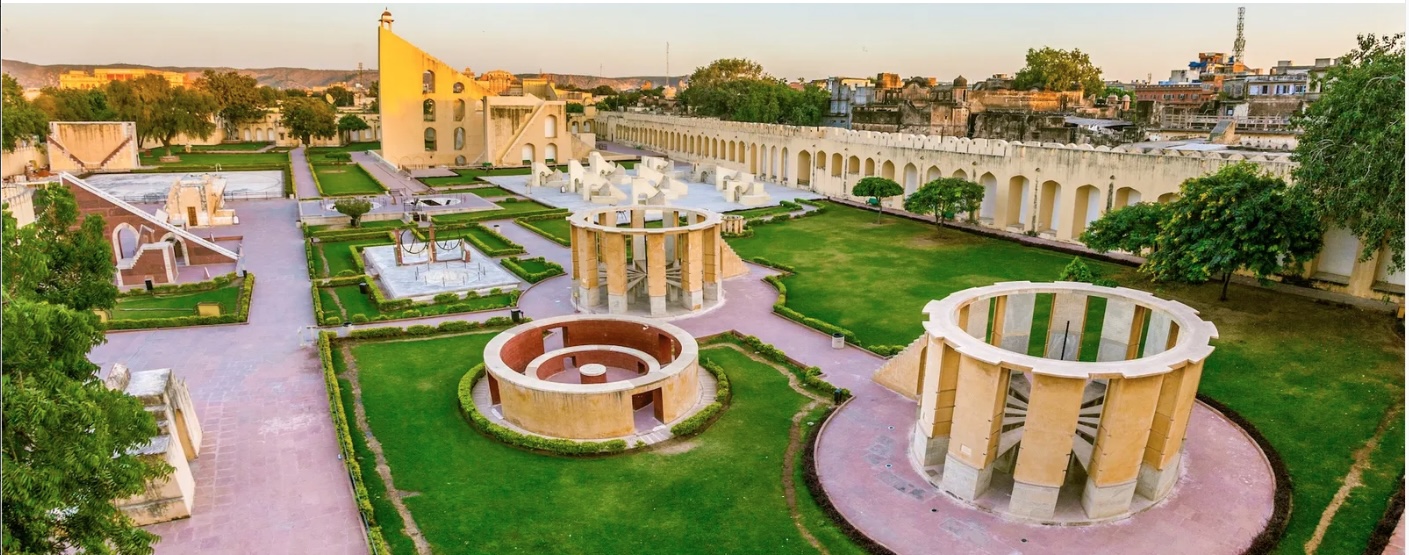JAIPUR, INDIA, May 31, 2022 (BBC, By Shalbha Sarda): Created 300 years ago, Jaipur’s Jantar Mantar is an outdoor complex filled with gargantuan astronomy tools designed to be used by the naked eye – and they’re still accurate. The site – a 300-year-old collection of 20 scientific sculptures called yantra that can measure the positions of stars and planets, and precisely tell the time – had bemused me since my childhood here in Jaipur, when the structures seemed like giant versions of the delicate tools I kept in my school geometry kit. But years later, as a professional architect, I could better comprehend their use. They are ingenious architectural solutions to understanding the mechanics of astronomy, as well as key tools for traditional Hindu astrologers to craft birth charts and forecast auspicious dates. In 1727, when the region’s king, Sawai Jai Singh, conceived Jaipur as his capital and as the country’s first planned city, he wanted to design it based on the principles of Vastu Shastra, which draw on nature, astronomy and astrology to inform architecture and placement. He realized that to perfectly align Jaipur with the stars, aid in astrological practices and predict key weather events for crops, he would need instruments that were accurate and accessible.
However, after sending research teams across Central Asia and Europe to collect data based on the knowledge of Islamic and European scientists, Sawai Jai Singh found discrepancies among the readings of the brass instruments that were widely used at the time. To increase accuracy, he scaled up the size of the tools, stabilized them by reducing moving parts and made them resistant to wear and weather by fashioning them out of marble and local stone. Then he used these innovations to build five outdoor observatories in the Indian cities of Jaipur, Delhi, Ujjain, Varanasi and Mathura. Four Jantar Mantar survive (Mathura’s was sold and demolished in the mid-19th century and its building materials reused), but the one in Jaipur, completed in 1734, is the biggest and most comprehensive. Today, it is a Unesco World Heritage site, not only because it’s the best-preserved observatory of its kind in India, but as the Unesco inscription explains, it represents innovations in architecture, astronomy, and cosmology, as well as learnings and traditions from Western, Middle Eastern, Asian, and African cultures.
More at source.
https://www.bbc.com/travel/article/20220530-jantar-mantar-indias-mysterious-gateway-to-the-stars
A daily summary of world news for Hindus and non-Hindus alike

